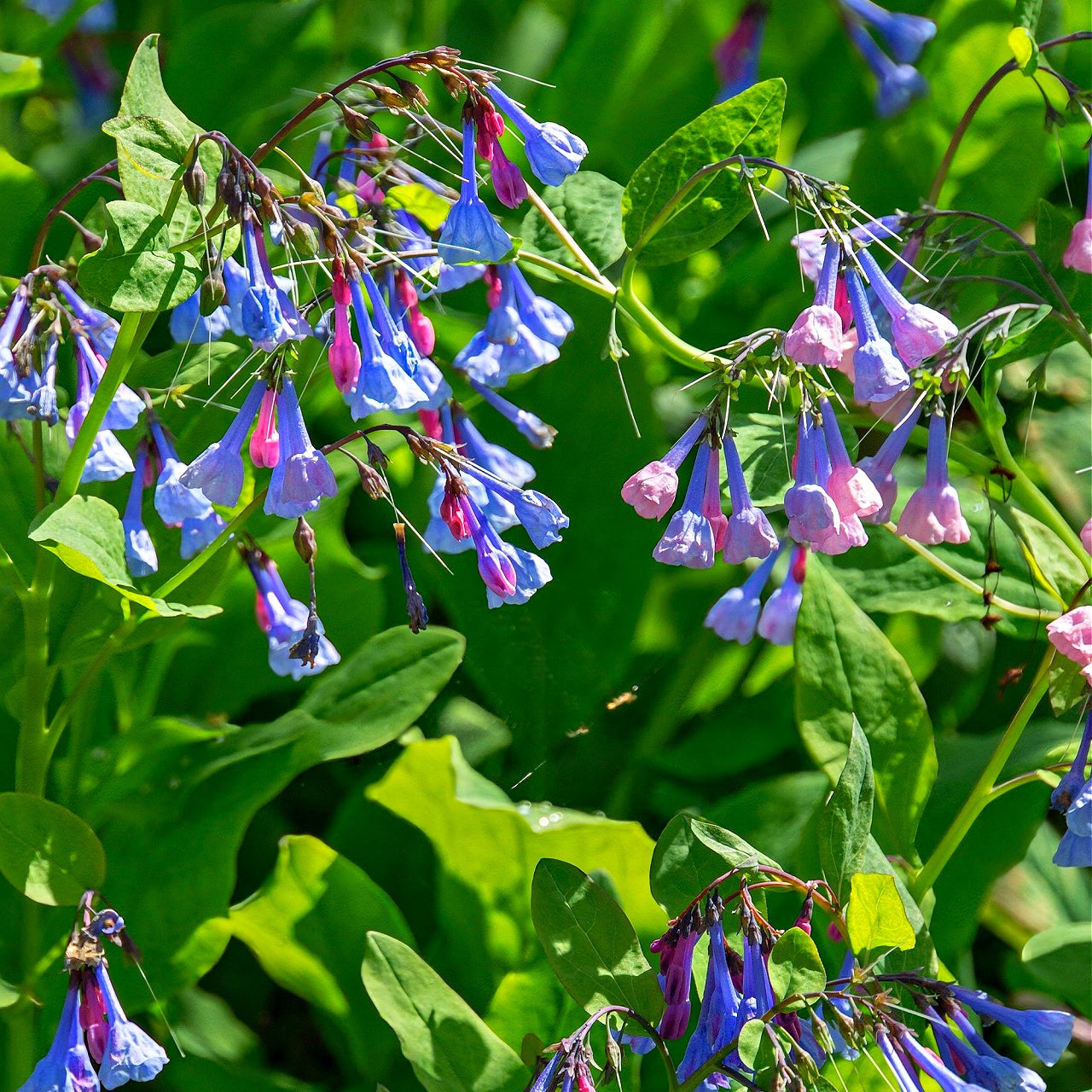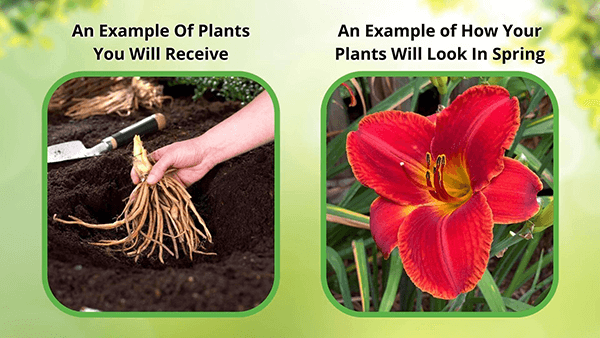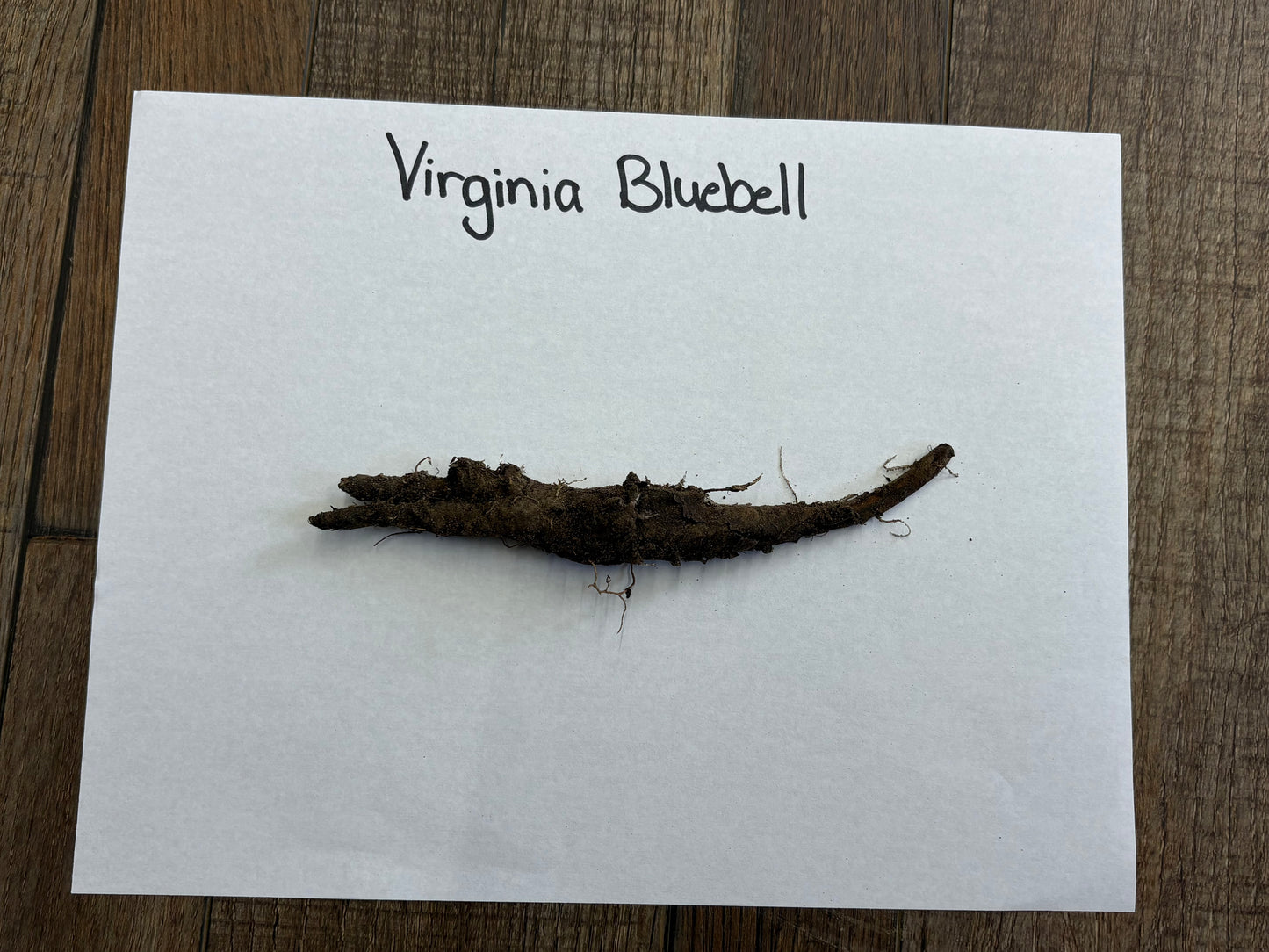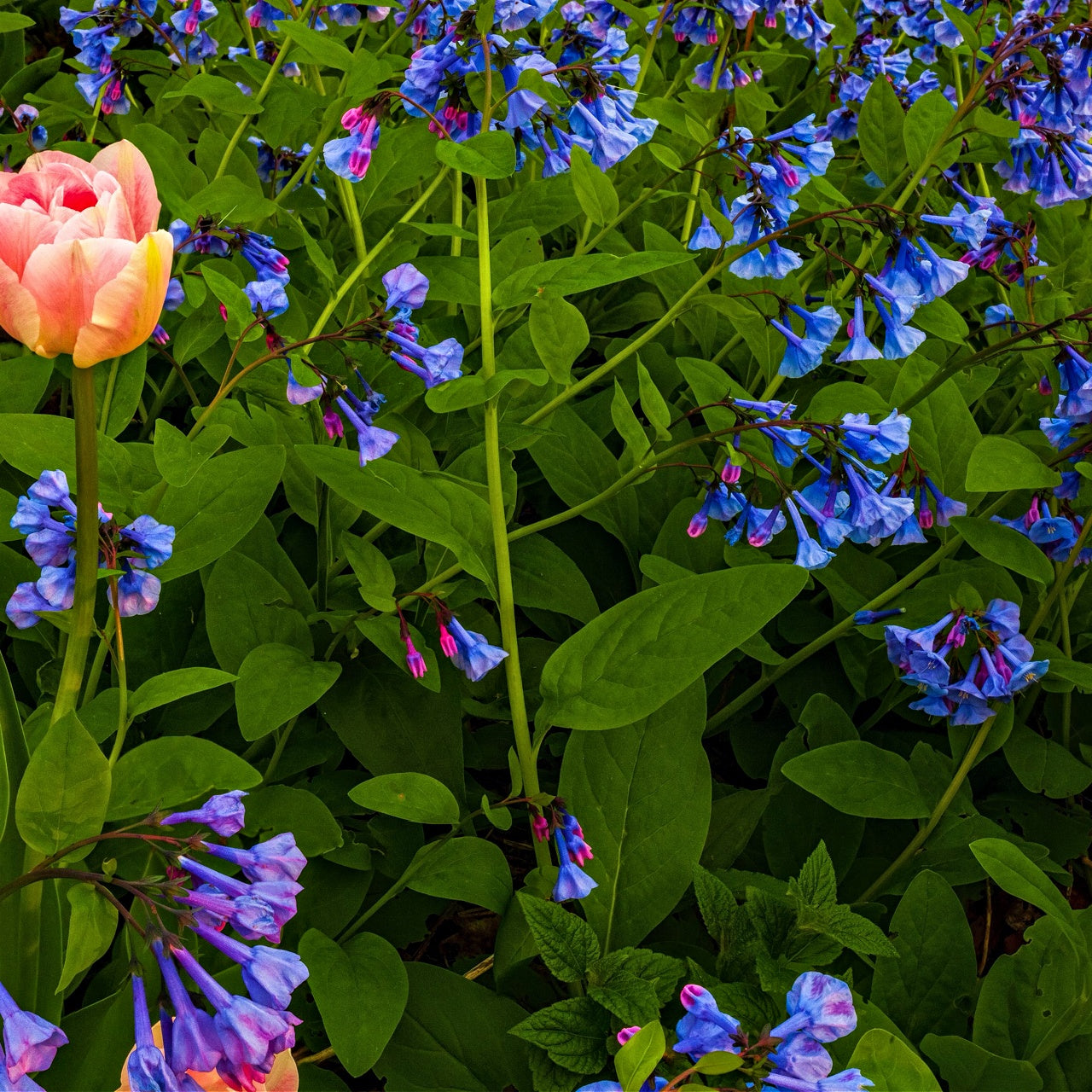Sep 25, 2025 min read
The Decline of Bird Populations — and...
In the last few decades, scientists have observed that the bird population is declining all around the world. This is...
Read More



Removes & Absorbs Toxins
Improves Air Quality
Low maintenance & easy to grow
Virginia bluebell perennials have long blue flowers formed in a bell-like shape with petals that do not individually separate but suggest five petals at the flower's edge. They are on a 12" to 30" tall, light green, hairless stem with leaves of light green to grey-green and round. The leaves measure 7" long and 3" wide and are hairless.
The buds are pink. As they blossom, they become light pink-purple and acquire their light blue color as they mature. Each stem holds a cluster of flowers, occasionally white or pink at maturity.
It can grow about a foot tall and 1 to 2 feet wide. They require very little care and are relatively easy to grow. They grow best in sunny conditions and well-drained soil and need lots of water. Gardeners who delight in forest flowers might want to purchase them from a tree nursery.
They are often found, mainly in the American Midwest, but they can also be found in other parts of North America, including much of the East Coast and Canada. Although native to North America, they have also been transplanted to England and are considered popular in English gardens.
True to their common name, their flowers are shaped like bells. They are usually light blue, though their buds are generally pink. They grow among coarse green, oval-leafed foliage.
These perennials grow in clusters of tubular clear-blue flowers that flare out at the mouth from pink buds. Lance-shaped foliage appears purplish-brown and will turn a medium green before becoming dormant after blooming. It branches occasionally, and the central stem is hairless and ordinarily light green. The leaves can be up to 7 inches long and 3 1/2 inches wide and bright green or greyish green.
These do very well with spring bulbs and are perfect for borders. They typically bloom in early spring to mid-spring and continue to bloom through early to mid-summer, depending on the weather conditions. They do best in well-drained soil.
These Plants thrive in Fertile Soil and are Very Stunning Additions to Natural Areas and Gardens
It is essential not to overwater them, not kill them. They tolerate many atmospheres, but it is best to leave them once established, so you should plan where you want them. They bloom well, whether propagated by seed or by division.
It's best to plant divisions in October or wait until spring, preferably in March or April. They develop very quickly during the spring after the danger of frost has passed, and foliage typically dies by mid-summer. Bees cross-pollinate them and attract butterflies, as they like to come for the nectar that the flowers abundantly produce.
This wildflower is excellent and beautiful when blooming. It grows in fertile soils and adapts to different soil conditions. It starts to thrive during March and flourishes through April. This wildflower will be stunning in a natural area or garden area. The small flowers will appear stunning when in bloom, with their bright blue to almost purple color. Each stalk can become home to several at once. They look just like their name: small bells.
Virginia Bluebells Plants are native to North America and grow from the mid-west, west coast, east coast, and even the country's middle part. The blooms will appear from the central part of spring and last until the summer months. The leaves are long and can grow up to 7 inches long.
Botanical Latin Name: Mertensia virginica
Common Name: Virginia Bluebell
Sun Exposure: Partial sun exposure to complete shade
Mature Height: 2.3 feet
Spread: By seed from the original plant, 1' to 2' per year
Growth Rate: Moderate
Flowering Time: Middle to late spring to early to mid-summer with a good environment and well-managed moisture
How Long It Flowers: About three weeks
Flower Color: Blue
Soil Requirements: Fine to medium texture, at least 100 frost-free days, low drought tolerance, needs good drainage
Pruning: Not advised, especially during the flowering season
This Is How Your Plants Will Look upon Delivery
Bloom Season
Bloom/Foliage Color
Blue
Shipping date depends on the date displayed and chosen when you order from the product's page.
We do not offer warranties on products after 5 days past receiving your plants.
Our Blogs
By signing up, you agree with our privacy policy.